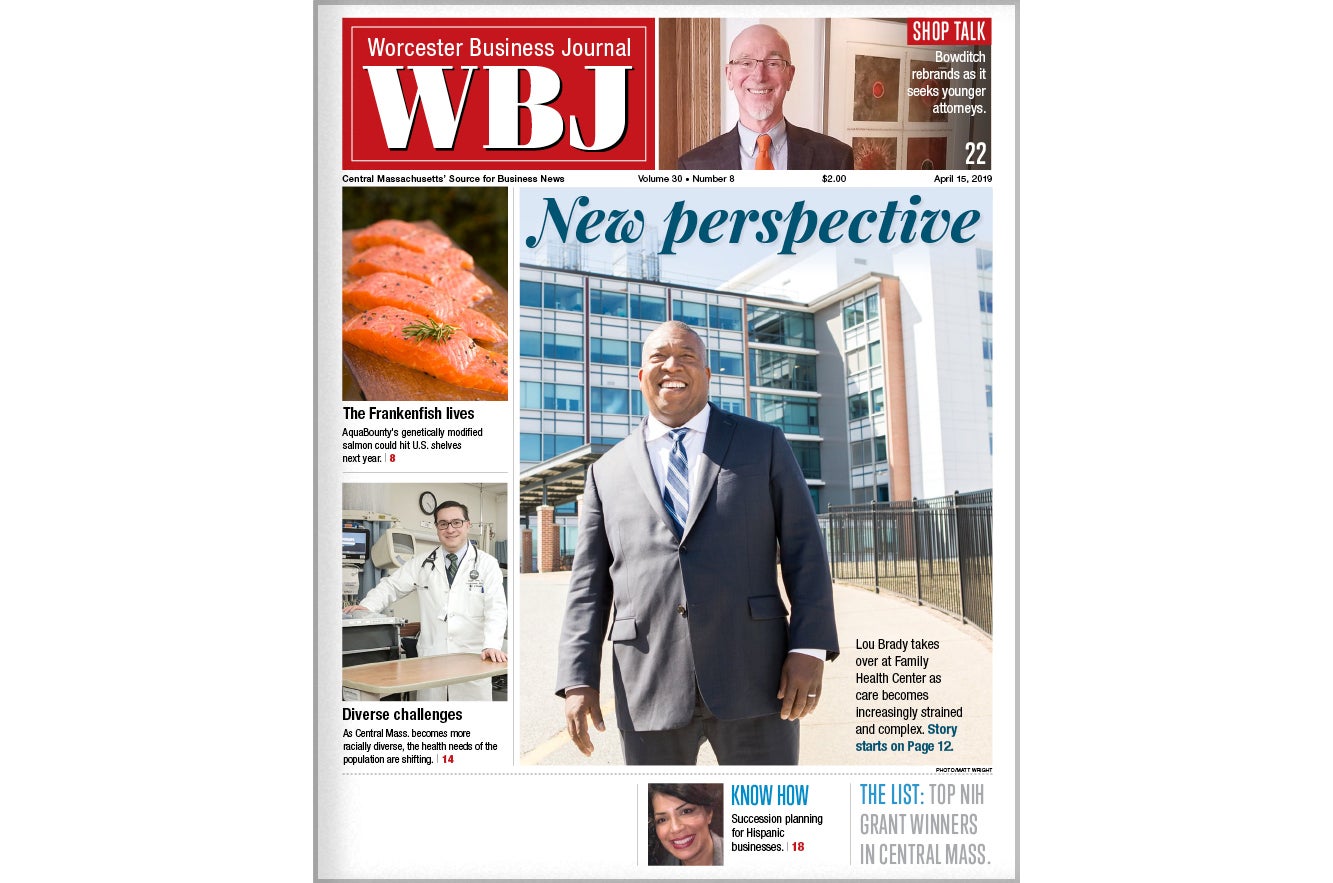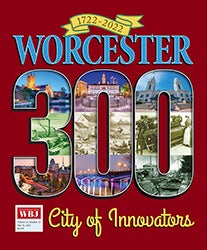Column Was A Blend Of Fact And Fiction
Having worked on steel industry problems for several decades, I remember the publicity attacks United States steel lobbies unleashed 30 years ago against the Japanese steel industry. Using the same blend of fact and fiction, they have recently targeted the Chinese steel industry. During the past 10 years, that industry has moved from near equality with the U.S. to turning out almost five times the U.S. volume by 2007. A problem emerged in 2004, when steel imports from China tripled in volume. In 2006, they almost tripled again. China’s central government applied various restraint measures but to little avail.
In the Jan. 28 issue of the Hartford Business Journal, Kenneth J. St. Onge joined the debate with his article, “Questioning China’s Steel Industry.” Mr. St. Onge is to be commended for looking into this issue and sharing his insights with Hartford Business Journal readers. He got in touch with two Wallingford companies — Infra-Metals, a steel processor and distributor, and Connecticut Steel, a reroller and wire drawer — as well as with Dr. Usha Haley, director of the Global Business Center at the University of New Haven. The issue I have with Mr. St. Onge is that he apparently neglected to verify his data and generally check out their background. Specifically:
• When he asserted that cheap Chinese steel replaced U.S.-made steel, he seemed unaware that the U.S. industry has long been incapable of meeting more than 70 to 75 percent of U.S. demand. Steel imports, including those from China, have helped U.S. manufacturers continue to expand production and exports.
• Connecticut Steel was founded in 1984, not “seven years ago.” Nucor acquired the firm in 2006 because its products were “complementary … to our existing bar products group.”
• An alleged 2000 to 2006 increase of Chinese subsidies was to have been the cause of 60,000 lost jobs in the U.S. steel industry. Employment losses are the reverse side of productivity gains. As far back as the 1970s, clever steel lobbyists aired the canard of job losses being caused by imports and productivity gains by savvy U.S. managers. In 2004, when imports from China surged, U.S. steel shipments were near an all-time record and industry earnings the highest in history. When Chinese imports surged again in 2006, U.S. industry earnings climbed well above the previous record and, while shipments contracted slightly, they still exceeded the 2000 level. Clearly, the loss of those jobs did nothing to impair the U.S. steel industry’s ability to turn out lots of steel at a healthy profit.
• Dr. Haley’s findings, cited repeatedly by Mr. St. Onge, did not flow from pure academic research but from a report she did for a lobbying group, the well financed “Alliance for American Manufacturing.” Let’s look at some of the claims attributed to her by Mr. St. Onge.
• China “produces at a cost about 25 percent lower than competitors in the rest of the world.” According to the well-regarded research firm World Steel Dynamics, in 2006 the Chinese cost of producing a typical flatrolled product was higher than the cost achieved by competitors in India, Russia, and Brazil. One of the largest Chinese steel companies, Wuhan, was ranked next to American producers Nucor and SDI on the WSD “world cost curve.”
• Energy “is by far the largest cost for China to belch out steel …” According to WSD and other sources, the largest cost element in the production of about 85 percent of Chinese steel is not energy but either iron ore or, to a small extent, scrap. Only the production of coldrolled and galvanized coils is more energy intensive.
Finally, a word on Dr. Haley’s methodology. She measured Chinese steel energy subsidies by equating them to a presumed gap between user prices and adjusted “border prices.” Because she failed to divulge the data (or their sources) marking the two sides of the gap, her results will have to be taken largely on faith. Her “reference prices” in particular — which are absolutely essential for reviewing her calculations — should have been stated.
Hans Mueller is a consultant on steel economics and trade, and professor emeritus at Middle Tennessee State University.









0 Comments